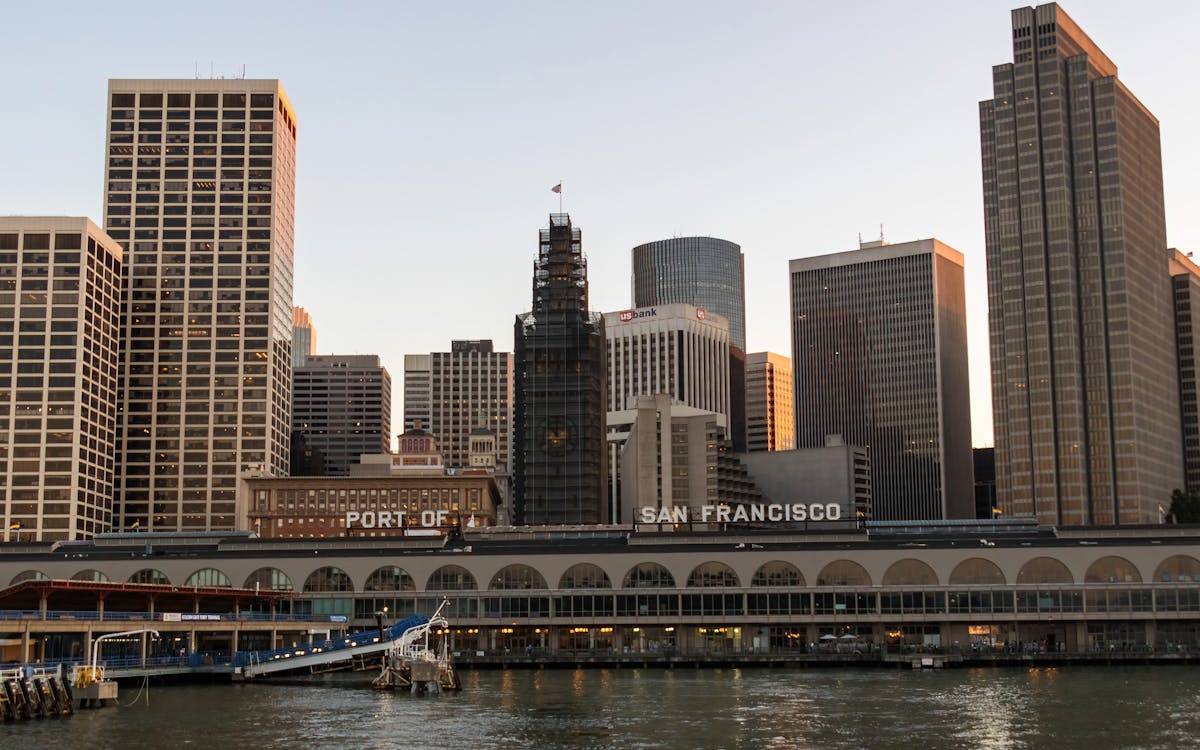
Why Restoration Matters More Than Ever in the Bay Area
Over the last few years, the San Francisco Bay has weathered the impact of urban development, industrial growth, and climate adjustment. As soon as including wildlife and lush wetlands, a lot of the bay's all-natural communities have actually been fragmented or broken down. Yet amidst these challenges, something remarkable is happening: neighborhood citizens, volunteers, and grassroots efforts are leading a wave of environmental reconstruction that's bringing new life back to the Bay.
Reconstruction isn't almost planting trees or tidying up trash, though those initiatives are necessary. It's regarding rebuilding the structures of life, from marsh turfs that sustain fish nurseries to coastline buffers that defend against flooding. And in this region, the power of area involvement is turning the trend very reasonably.
From Marshland to Miracle: The Return of Native Habitats
Among the most noticeable changes occurring in the Bay Area is the re-emergence of indigenous habitats. Marshes that were as soon as drained or led over are being rehydrated and replanted. Yards and bushes aboriginal to the region are being cultivated by area teams, who commonly rely on regional volunteers to aid expand seedlings and handle regulated growing occasions.
These native plants do more than add greenery to the landscape. They use haven to migratory birds, pollinators, and small mammals, producing pockets of biodiversity amidst active city areas. As these environments broaden, so does the eco-friendly health of the Bay itself. When regional citizens take time out of their weekends to get their hands in the soil, they're not just planting-- they're participating in the repair of a living, breathing ecological community.
The Role of Education in Fostering Environmental Stewards
Education and learning plays an essential part in why these community-led efforts are working so well. Schools, area facilities, and not-for-profit teams are organizing hands-on knowing experiences where participants of all ages can recognize the scientific research and value of reconstruction. These programs usually bring people one-on-one with issues like disintegration, air pollution, and sea level rise-- subjects that can really feel abstract until they're seen up close.
When someone sees the fragile balance of a tidewater or discovers how a solitary plant types can filter toxins from the water, the worth of that understanding becomes individual. And with that understanding comes the inspiration to act. Bring back communities comes to be less of a job and more of a goal. This deep connection to neighborhood areas is what establishes the Bay Area apart and fuels the lasting success of these efforts.
Using the Digital World to Drive Real-World Change
Remarkably, the press to heal the Bay's ecological communities isn't happening alone from the electronic world. Innovation is coming to be an effective device in rallying assistance, spreading recognition, and linking areas. Whether through citizen science applications that track native species or community online forums arranging restoration events, the on the internet area is enhancing boots-on-the-ground activity.
In recent times, also local outreach techniques have progressed. As an example, a social media marketing agency in the Bay Area might support ecological projects by assisting volunteers magnify their effect, tell their tales, and influence others to get involved. These electronic touchpoints have the power to transform a little weekend cleaning into a regional activity merely by letting people recognize it's occurring-- and that it matters.
Email Campaigns That Inspire and Inform Local Change-Makers
Another electronic technique making a tangible distinction is email interaction. Updates regarding restoration occasions, seasonal planting initiatives, and donation drives are usually shared with thoroughly crafted e-newsletters that strike a balance in between being useful and motivating. It's not uncommon for a well-timed project read more here from an email marketing agency in San Francisco to bring a rush of volunteers or contributions to a task in need.
These email campaigns aren't just transactional-- they're transformative. By enlightening subscribers about the direct effect their participation has, they support long-term interaction. Visitors involve seem like stakeholders in the health of their region, and that emotional connection equates to lasting dedication.
The Unseen Work of Connecting Data, Communities, and Nature
Behind every effective restoration project lies a complicated web of control. There's study to understand what habitats need most, community feedback to shape comprehensive strategies, and follow-up surveillance to ensure success. This kind of ongoing initiative often requires not simply heart, yet information, method, and interaction.
That's where the support of a digital marketing company in the Bay Area can make a silent however critical difference. By helping companies build solid digital systems, collect insights, and improve their messaging, these teams make it possible for neighborhood groups to scale their effect. The result is a much more connected and reliable activity, where every action counts, and everyone feels like they're component of something bigger.
The Power of People in Preserving the Bay's Future
If there's something the Bay Area has actually shown, it's that restoration doesn't have to begin with large organizations or large spending plans. It can start with one neighbor drawing weeds from a route, one pupil growing an indigenous sapling, or one family members appearing to a coastline cleaning. These small activities build up, especially when they're supported by clever strategies and shown the more comprehensive area.
There's something uniquely enthusiastic regarding seeing the trends turn-- both figuratively and literally-- in favor of nature. The Bay is far from completely recovered, yet it's being restored day by day with the determination and treatment of those that call this location home. With each marsh rebuilt and each indigenous varieties shielded, we're not simply bring back environments-- we're picturing what's possible when neighborhoods lead with purpose.
Maintain following this blog for more stories on regional modification, community impact, and the ways you can be part of securing the all-natural beauty that borders us.